Retro Replay Review
Gameplay
Tomb Raider II builds on the tight platforming and puzzle-solving mechanics of its predecessor while injecting a fresh sense of danger through a stronger emphasis on combat. Players guide Lara Croft across sprawling levels filled with ancient traps, vertical ascents, and environmental hazards—from crumbling cliffs in Tibet to narrow waterways in Venice. The core traversal remains as satisfying as ever, with each ledge grab and precision leap demanding careful timing and spatial awareness.
(HEY YOU!! We hope you enjoy! We try not to run ads. So basically, this is a very expensive hobby running this site. Please consider joining us for updates, forums, and more. Network w/ us to make some cash or friends while retro gaming, and you can win some free retro games for posting. Okay, carry on 👍)
This sequel introduces a robust arsenal that takes the action to new heights. In addition to Lara’s signature dual automatic pistols, you’ll find a harpoon gun for pulling distant objects, a grenade launcher for crowd control, and an M16 rifle for long-range engagement. The shift towards more human foes—marauding mercenaries and crime lord henchmen—ensures that firepower is often as crucial as platforming prowess. Each weapon feels distinct, and ammo scarcity forces you to think strategically about when to engage in full-blown firefights or slip by undetected.
Beyond weaponry, Lara’s mobility has received a welcome upgrade. She can now climb ladders, execute aerial rolls to change direction mid-jump, and save progress at any point—a relief for players wrestling with the game’s more fiendish puzzles. The inclusion of drivable vehicles—a motorboat navigating Venice’s canals and a snow scooter carving through Tibetan blizzards—adds moments of high-speed excitement that break up the claustrophobic tension of tomb interiors.
Graphics
For a title released in the late ’90s, Tomb Raider II pushes the PlayStation and PC hardware to its limits. Level geometry is more intricate, with multi-tiered designs and dynamic elements like swaying platforms and floodable chambers. Water effects shimmer convincingly as Lara skims across canals, and detailed snow textures lend authenticity to the Himalayan peaks. Polygon counts have increased, resulting in environments that feel layered and three-dimensional.
Lara herself moves with newfound fluidity. The character model benefits from smoother animations—especially noticeable during acrobatic rolls and ladder climbs—and her signature braid sways naturally as she runs. Enemy models vary from agile human foes to imposing guardians, each boasting unique idle animations and combat stances. While you may spot occasional texture pop-in or jagged edges by modern standards, these technical quirks hardly detract from the overall immersive experience.
Cinematic cutscenes interwoven throughout the adventure make effective use of pre-rendered backgrounds and voiceovers to advance the plot. The visuals in these narrative moments strike a dramatic tone, highlighting the grandeur of the Great Wall or the ornate chambers of Venetian palazzos. Altogether, the game’s aesthetic presentation remains one of its strongest assets and a significant step up from the original Tomb Raider.
Story
The central narrative revolves around the fabled Dagger of Xian, a weapon once wielded by Chinese emperors to command armies—and according to legend, to transform a mortal into a dragon by piercing his own heart. This mythic premise lends a compelling supernatural edge to the globe-trotting adventure. As Lara Croft uncovers historical records and hidden tombs, players get a sense of stepping into a living myth steeped in Asian lore.
The discovery that a ruthless Venetian crime lord is hunting the dagger injects immediate urgency into the quest. From the labyrinthine catacombs beneath Venice to the wind-swept ruins of Tibet, each locale deepens the mystery. Lara’s investigative drive is well paced: you’ll decipher ancient inscriptions in temple shrines, recover scattered relics, and piece together the dagger’s dark history as you race to keep it out of the wrong hands.
Dialogue is delivered through brief but effective cutscenes and in-game quips, maintaining Lara’s trademark wit and resourcefulness. While the plot occasionally leans on classic adventure clichés—cunning villains, perilous betrayals, and last-minute escapes—it never feels stale. The fusion of historical intrigue, supernatural suggestion, and high-stakes conflict ensures that the storyline remains engaging from start to finish.
Overall Experience
Tomb Raider II stands as a landmark sequel that refines nearly every aspect of the original game. The balanced mix of platforming challenges, environmental puzzles, and intensified combat creates a varied gameplay loop that keeps you invested for hours on end. New moves and weapons broaden Lara’s toolkit, while the ability to save anywhere reduces frustration during tense sequences.
Replay value is high thanks to hidden relics, level shortcuts, and optional challenges tucked away in off-the-beaten-path chambers. Treasure hunters and completionists will find plenty of secrets to unearth, extending play sessions well beyond the main storyline. Additionally, the distinct atmospheres of Venice and Tibet—each with unique hazards, architecture, and soundscapes—make revisiting levels a fresh experience.
Whether you’re a longtime fan of the series or a newcomer seeking a classic action-adventure, Tomb Raider II delivers an engrossing journey guided by one of gaming’s most iconic heroines. Its blend of exploration, combat, and narrative flair combine into an experience that remains memorable decades after its release.
 Retro Replay Retro Replay gaming reviews, news, emulation, geek stuff and more!
Retro Replay Retro Replay gaming reviews, news, emulation, geek stuff and more!
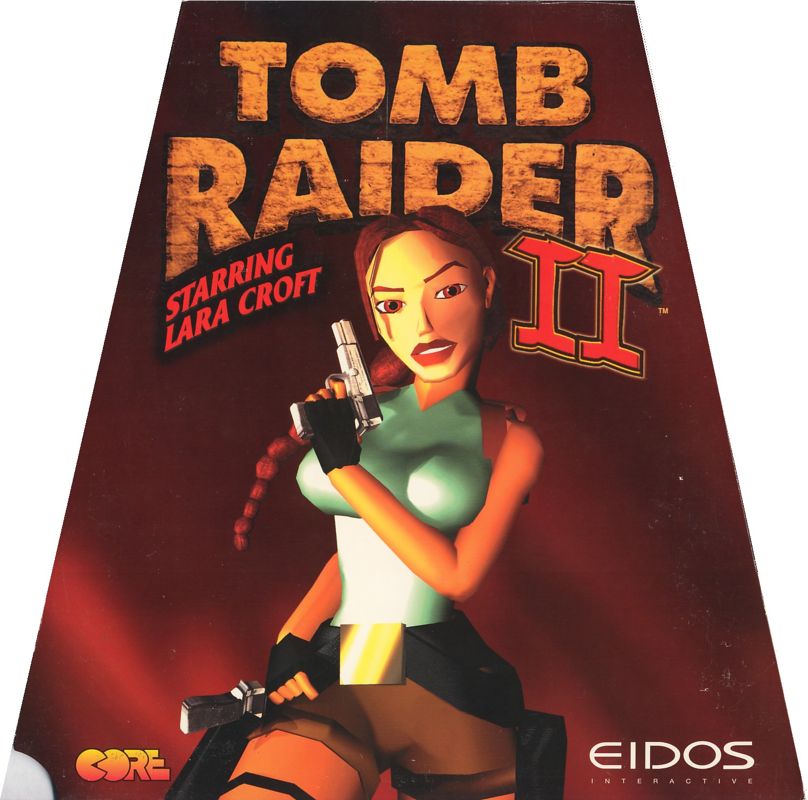
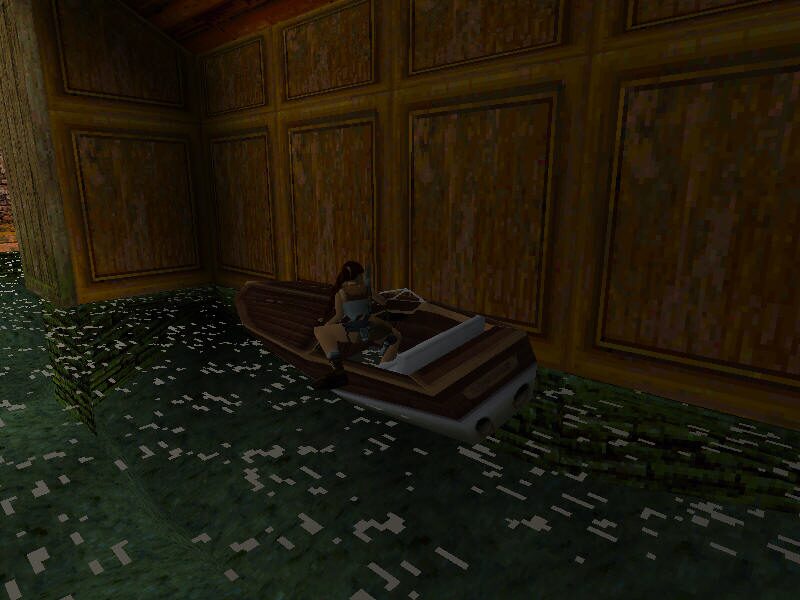
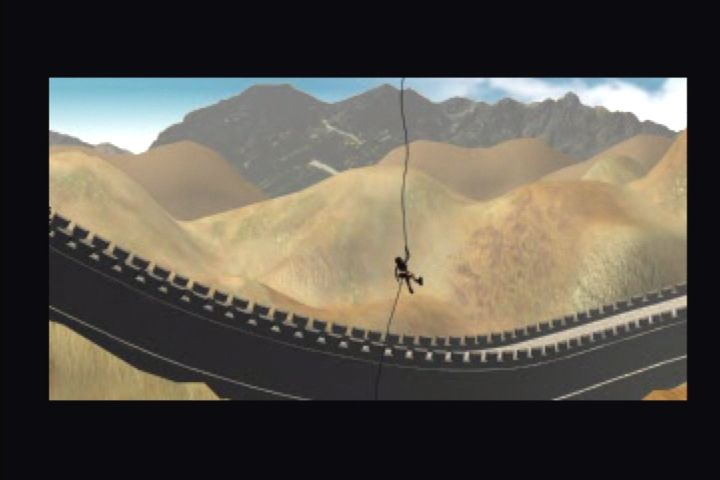
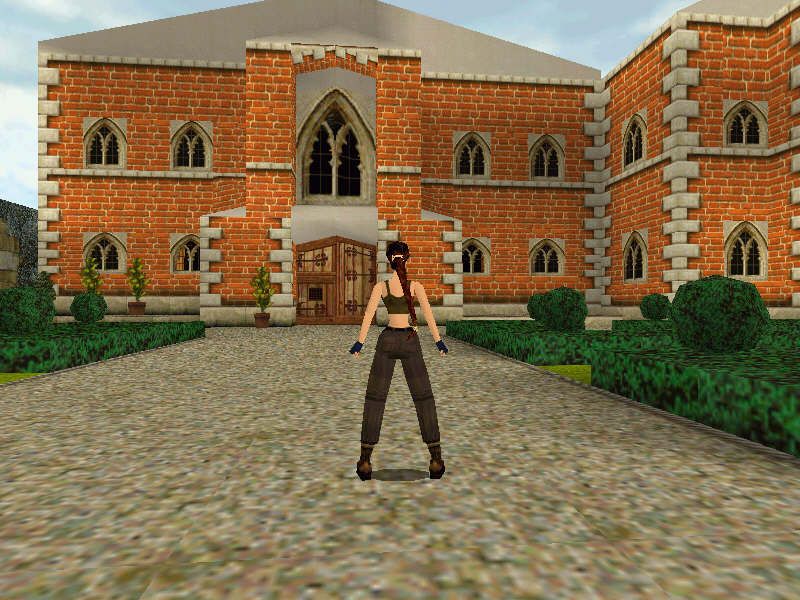
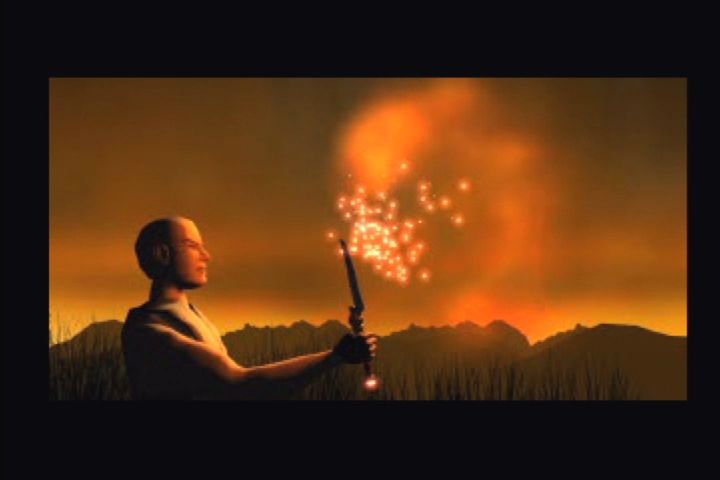
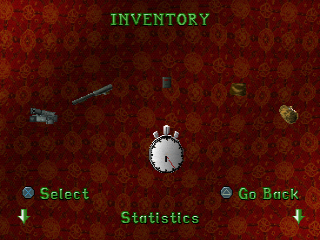



Reviews
There are no reviews yet.